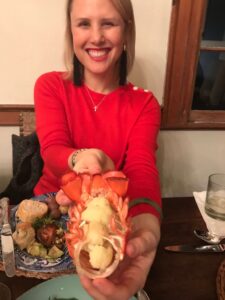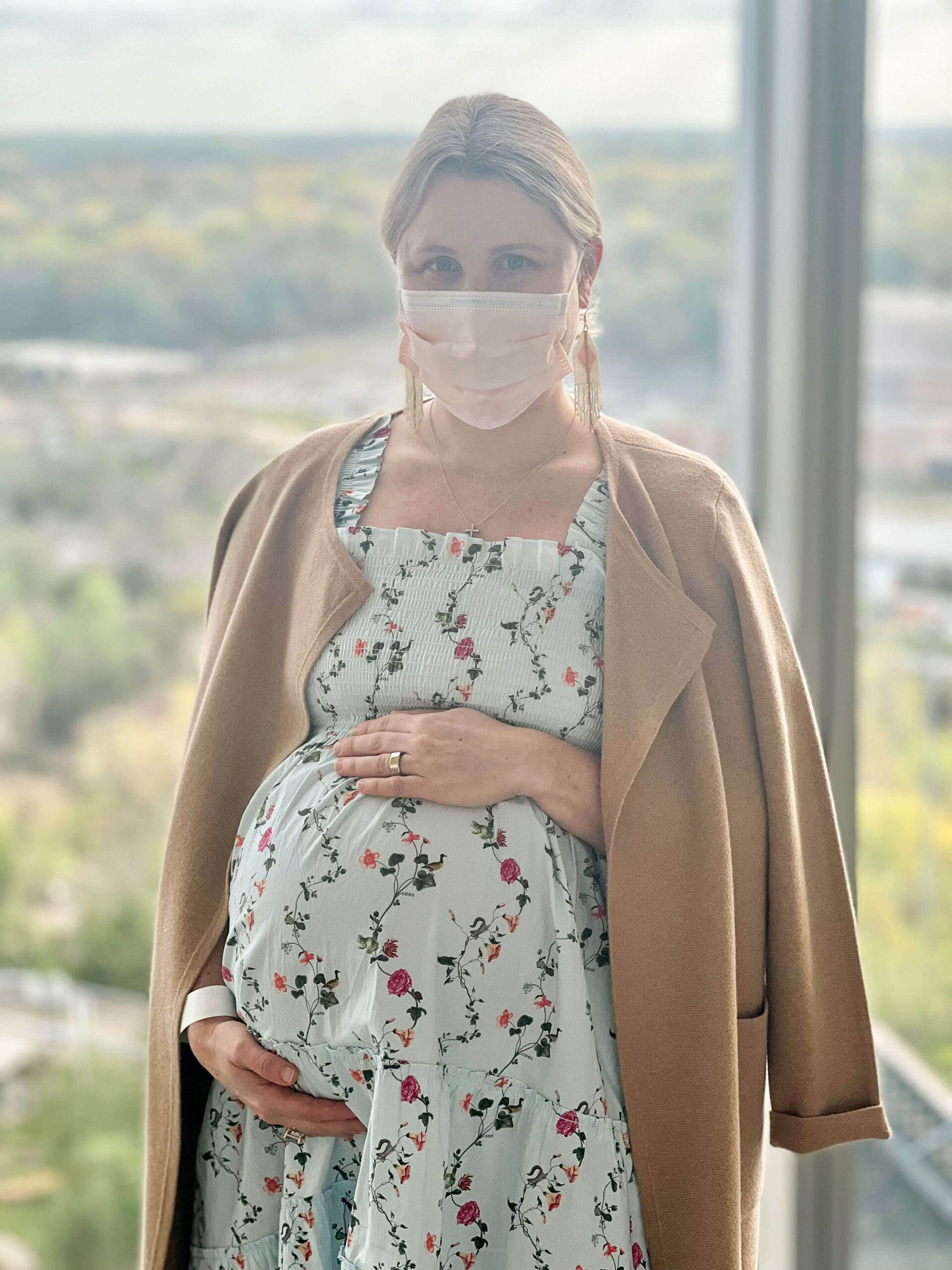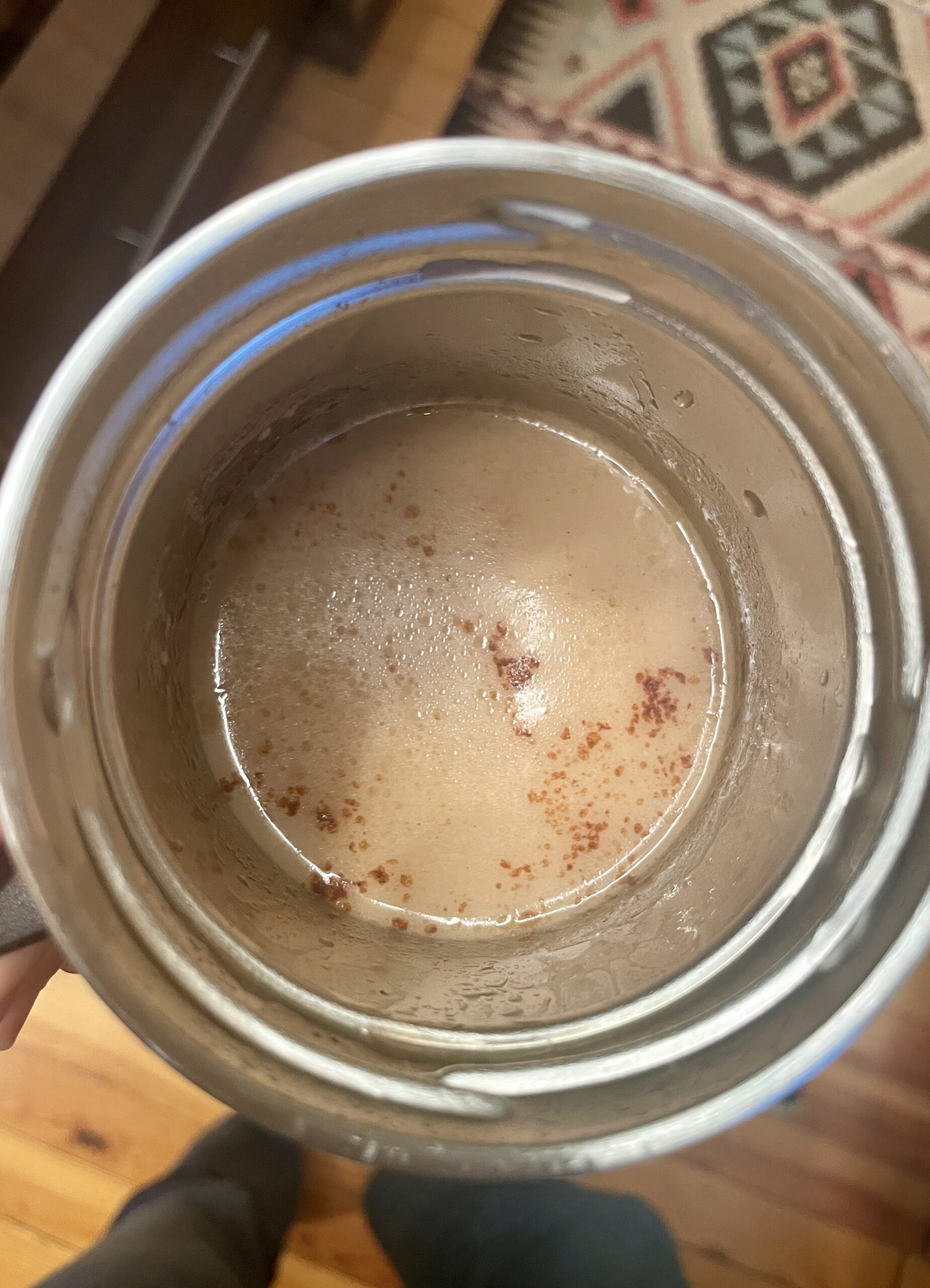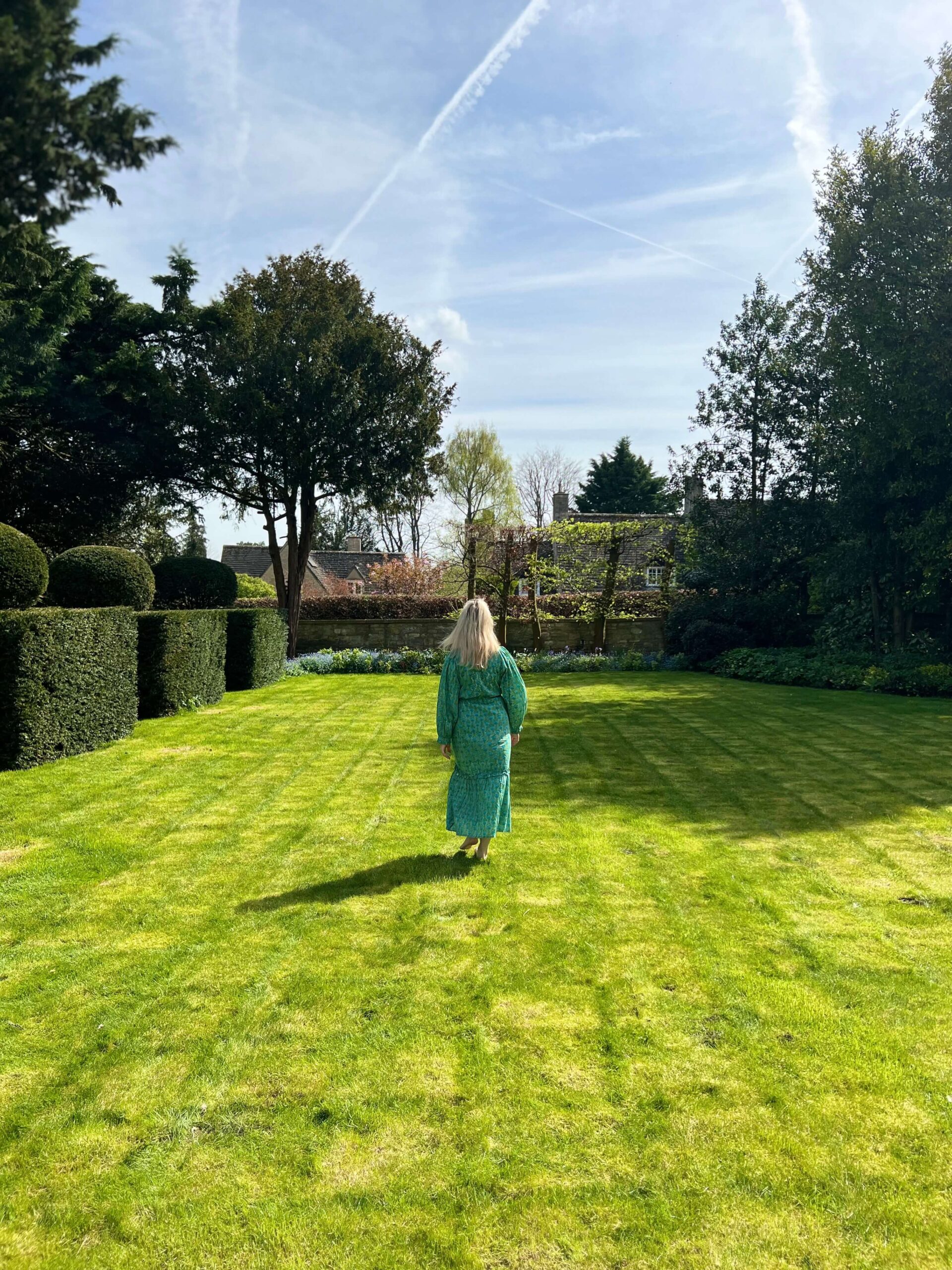Those who know me personally, or have heard me lecture in recent years know that I tout the benefits of a dairy-free, animal-free nutritional path. People immediately assume I am vegan; I am not.
What gets missed in this translation is semantics. Oxford defines vegan “as a person who does not eat any food derived from animals and who typically does not use other animal products.” The key phrase here is does not use other animal products. I will be the first to admit that my car has leather seats and my wardrobe … well, I am not the poster child for a vegan lifestyle.
In a society quick to label, or to allow oneself to be labeled, I think it is important to keep labels off of an individual’s dietary preferences. “Veganism” is a philosophy and has become a catch-phrase and part of cultural vernacular. While many components of the lifestyle – and movement – are admirable, I prefer to stay in my own lane.
Whole Food Plant-Based Diet
Personally, I believe a Whole Food Plant-Based (WFPB) diet is the most comprehensive healthy plan. A WFPB lifestyle is comprised of foods that are minimally processed. It is full of whole grains, fruits, vegetables, legumes (beans, peas, and lentils), nuts and seeds all in their original form. By pursuing this style of eating you lower your risk of many cancers (especially prostate and breast), you can prevent (and even reverse) heart disease, diabetes and should be able to maintain a healthy weight.
SAD Diet
The American/Western diet is often referred to as SAD: the Standard American Diet (SAD). If you travel abroad it is almost immediately apparent the cultural and dietary differences that exist between the US and other countries. Likewise these differences are manifested in the health conditions seen in the US vs. the world. We have an epidemic of obesity, heart disease, and diabetes in the US, not to mention the environmental impact. SAD is heavy on meat, dairy, and refined, processed food.
Think for a minute how easy it is to consume the Western diet in a day and how these practices are normalized. For example, breakfast might include bacon and eggs, lunch a turkey sandwich, and dinner grilled chicken. While to many this seems like a perfectly normal and “healthy” diet, two of the three meals are processed meat (processed meats are known Group 1 carcinogens with links to cancer) and there was animal consumption at all three meals. That is a large environmental impact to just get one person, through one day. Some classify the epidemics of obesity, heart disease, and diabetes as diseases of excess i.e. you have to live in a society that can afford meat consumption 3x day to be able to achieve this deleterious health trifecta.
Intuitive Eating
I am not trying to present doom and gloom – rather, I want to provide education. In the realm of the WFPB diet, I do occasionally eat some animal precuts. This is because I believe in intuitive eating. When I first dabbled into the plant-based world, I dove in overnight. Literally, overnight I went from eating meat regularly, without consideration, to instantly cutting all meat and dairy. It was an easy transition because I was motivated by a deep, personal cause.
Years later when I met my now husband, I began to soften my approach. He was known for his extensive culinary skills, especially on the grill. To him, vegetables were a side; to me they were the entree. The balance started with eggs. I began to occasionally eat eggs on weekends so that we could share a meal together. It was a compromise, some weekends we enjoyed tofu scramble and others a veggie omelet.
Likewise, I started incorporating some seafood back into my diet. This allowed us to try each other’s entrees at restaurants, to have the intimacy of a shared meal, or a meal with my in-laws, without feeling isolated. After all, if you ever had the privilege of eating Dover Sole at the 21 Club in New York, you know it is a meal you could not have turned down.
My husband has embraced the new world of plant-based cooking. To him it is the ultimate challenge to create incredibly complex, flavorful meals just using vegetables. Plant-based cooking requires the addition of spices, herbs, and sometimes creativity, something that he has taken to heart.

Dinner is served, the plant-based version of cauliflower lobster
AWH note: When eating seafood you want to be mindful of mercury, PCBs and dioxins which can be found. Additionally, antibiotic use is prevalent among farmed fish, so for these reasons I opt for wild caught if I am going to eat seafood.
Pregnancy Cravings
Once pregnant I leaned into cravings recognizing that within the foundation of a healthy diet, my cravings were cuing me to nutritional deficiencies. Occasionally, I would crave a hamburger, a real burger (grass fed), and I would indulge, and enjoy the experience, and then the craving would go away. Postpartum, I pursued the same path of intuitive eating. I could easily go months (or have gone years) without an animal-product, or I may have eggs and a piece of salmon in the same week. No judgment, rather, I encourage everyone to be educated on food practices, and the source of their meal, and then pursue what feels right to them.
Covid Protection – Research
From my perspective, a Whole Foods Plant-Based diet is the most sustainable, environmentally sound and health supportive dietary plan that exists.. The literature supports this as well. While I could write multiple articles on the benefits of a plant-based diet from a health perspective, I think it most relevant to focus on pandemic/post-pandemic research as COVID is still a concern for many.
If you are not familiar with the British Medical Journal article, “Plant-based diet and COVID-19 severity: results from a cross-sectional study” then I will summarize here. Of note, this study, while scientifically robust did not receive the national attention that I personally believe it warranted.
The study looked at 141 patients who all had confirmed COVID-19, and the patients who followed a plant-based diet had the lowest risk of hospitalization.
Acosta-Navarro, et al. (2024) in their brand new article,”Vegetarian and plant-based diets associated with lower incidence of COVID-19” went so far as to postulate that plant-based diets might be considered protective against COVID-19. They studied 702 patients and concluded that those who follow a plant-based and primarily vegetarian diet have a 39% lower risk of developing COVID-19 and 38% lower risk of developing severe symptoms.
The most comprehensive study, “Diet quality and risk and severity of COVID-19: a prospective cohort study” by Merino et al. (2021) examined data from 592,571 participants across multiple nations. They determined that a diet characterized by healthy plant-based foods had a lower risk and severity of COVID-19.
Watch out for vegan trends
One important point I want to make is to be very leary of any commercial or processed product that says it is “vegan” or “plant-based.” To put things in perspective, French fries are technically “vegan.”
Note – not McDonald’s fries as they have a beef flavor coating.
However, you could “technically” say you are vegan and eat pizza, fries, candy, and ice cream (all non-dairy) and be subject to the health concerns that come with the Standard American Diet (SAD).
The same goes for “meat alternatives.” If you read the ingredient list, you might be more inclined to eat real meat or forgo the experience all together. The key takeaway here is to be informed and choose real, Whole Foods when available.
Quality over Quantity
No matter what your dietary preference is, I encourage you to focus your attention on quality:
- Choose organic when accessible and available.
- Opt for the Farmer’s Market, or local food sources.
- Get to know your local farmers and ask questions about their farming practices.
- If you enjoy meat, look for grass-fed, organic, antibiotic-free, pasture-raised meats.
- For eggs, you want to see pasture-raised on the label
- If you do eat meat, make vegetables your entree and meat your side
- Pay attention and take notes of how your body feels – your digestion, your mood. You might be pleasantly surprised by the positive changes you see when you move towards a more plant-heavy diet.
I hope this little synopsis has been intriguing and perhaps you might consider one meal swap for a plant-based alternative in your future.







This approach really speaks to me Amanda.
Last night I had emu at a restaurant in Winston Salem. I wished I had asked for “heavy on the vegetables, light on the meat “, as the vegetables were what I craved. Thank you for your informed teaching.
Thrilled to hear this message resonated with you, Ann.